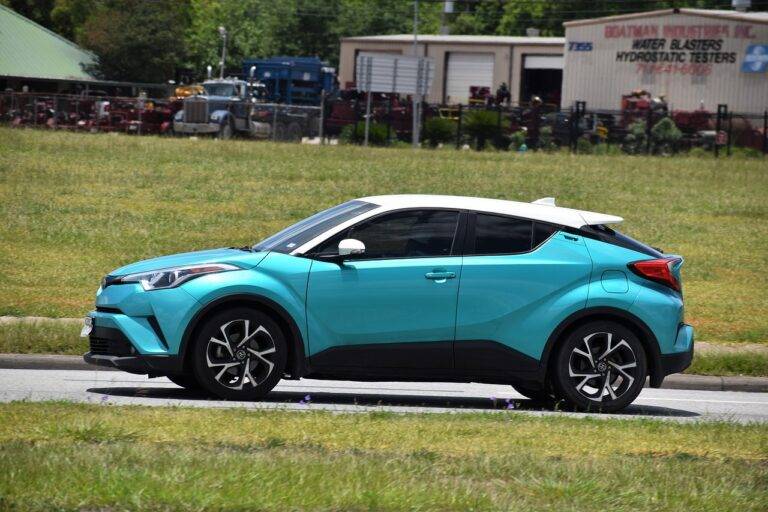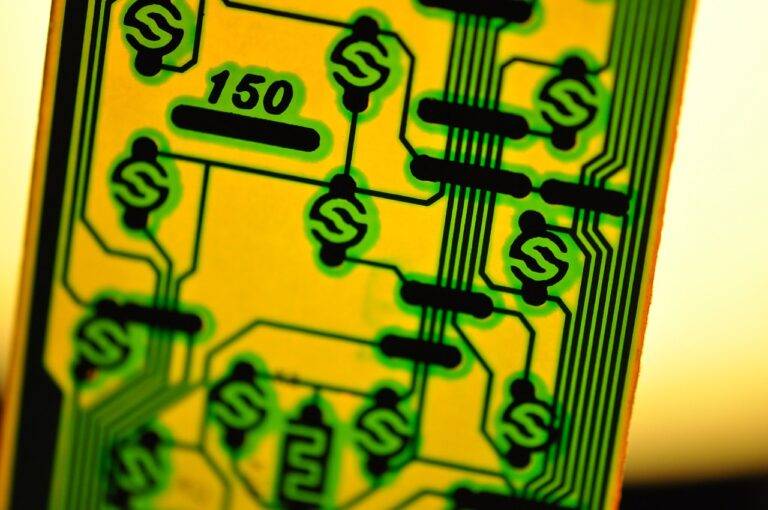Tech Solutions for Sustainable Energy Management
Energy audit tools play a vital role in optimizing energy efficiency and reducing operational costs for businesses and households. These tools provide detailed insights into energy consumption patterns, allowing users to identify areas where energy conservation measures can be implemented. By analyzing energy usage data and identifying areas of improvement, energy audit tools enable users to make informed decisions to enhance energy efficiency.
One common energy audit tool is the energy meter, which monitors electricity consumption in real-time and provides valuable data for energy management strategies. Additionally, thermal imaging cameras are used to detect heat loss and insulation issues in buildings, helping users improve energy efficiency by addressing sources of energy waste. By leveraging the power of energy audit tools, businesses and individuals can take proactive steps towards achieving sustainable energy practices and reducing their environmental impact.
Smart Grid Technology
Smart grid technology plays a crucial role in modernizing our electrical systems, offering advanced capabilities to manage energy distribution efficiently. By incorporating digital communication and automation, smart grids enable real-time monitoring and control of electricity flow. This results in improved reliability, flexibility, and overall resilience of the grid, especially during peak demand periods or emergencies.
Furthermore, smart grid technology facilitates the integration of renewable energy sources into the grid, helping to reduce greenhouse gas emissions and promote sustainability. With the ability to balance supply and demand more effectively, smart grids support the transition towards a cleaner and more sustainable energy future. By leveraging smart grid capabilities, utilities can optimize energy usage, reduce costs, and enhance overall grid performance to meet the evolving needs of consumers and society at large.
• Smart grid technology enables real-time monitoring and control of electricity flow
• Improved reliability, flexibility, and resilience of the grid during peak demand or emergencies
• Facilitates integration of renewable energy sources into the grid
• Reduces greenhouse gas emissions and promotes sustainability
• Balances supply and demand more effectively for a cleaner energy future
• Optimizes energy usage, reduces costs, and enhances overall grid performance
Renewable Energy Integration
As society’s reliance on renewable energy sources continues to grow, the integration of these sources into existing power grids has become a pressing concern. To ensure a smooth transition towards a more sustainable energy future, it is crucial that renewable energy technologies are effectively integrated into the current grid infrastructure. By doing so, we can maximize the efficiency and reliability of renewable energy generation while minimizing potential disruptions to the grid.
One of the key challenges in the integration of renewable energy sources is the variability in their generation, such as fluctuations in solar or wind power. To address this issue, grid operators are increasingly turning to advanced technologies and smart grid solutions to better manage and balance the supply and demand of electricity. Through the deployment of these innovative tools, we can optimize the integration of renewable energy sources into the grid, paving the way for a cleaner and more resilient energy system.
What are energy audit tools and how do they help with renewable energy integration?
Energy audit tools help analyze energy consumption patterns, identify areas for energy efficiency improvements, and optimize renewable energy integration strategies.
How does smart grid technology contribute to renewable energy integration?
Smart grid technology enables better communication and coordination between renewable energy sources, energy storage systems, and energy consumers, facilitating the efficient integration of renewable energy into the grid.
What are the key challenges in renewable energy integration?
Some key challenges in renewable energy integration include intermittency of renewable energy sources, grid infrastructure limitations, regulatory barriers, and financial constraints.
How can renewable energy integration benefit the environment?
By reducing reliance on fossil fuels and decreasing greenhouse gas emissions, renewable energy integration can help mitigate climate change and improve air quality.
What are some examples of successful renewable energy integration projects?
Examples of successful renewable energy integration projects include microgrids powered by solar panels and wind turbines, utility-scale solar and wind farms connected to the grid, and community-based energy cooperatives.





